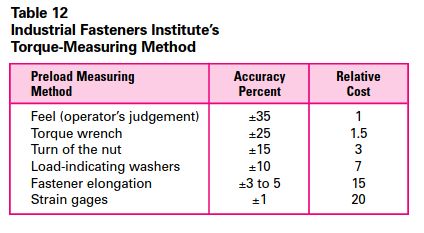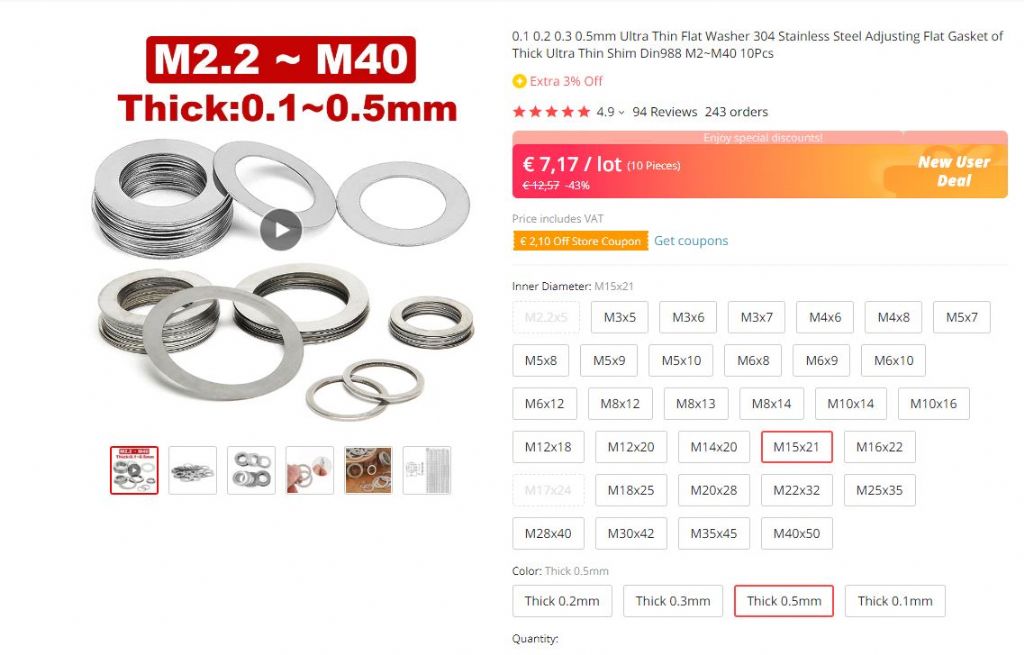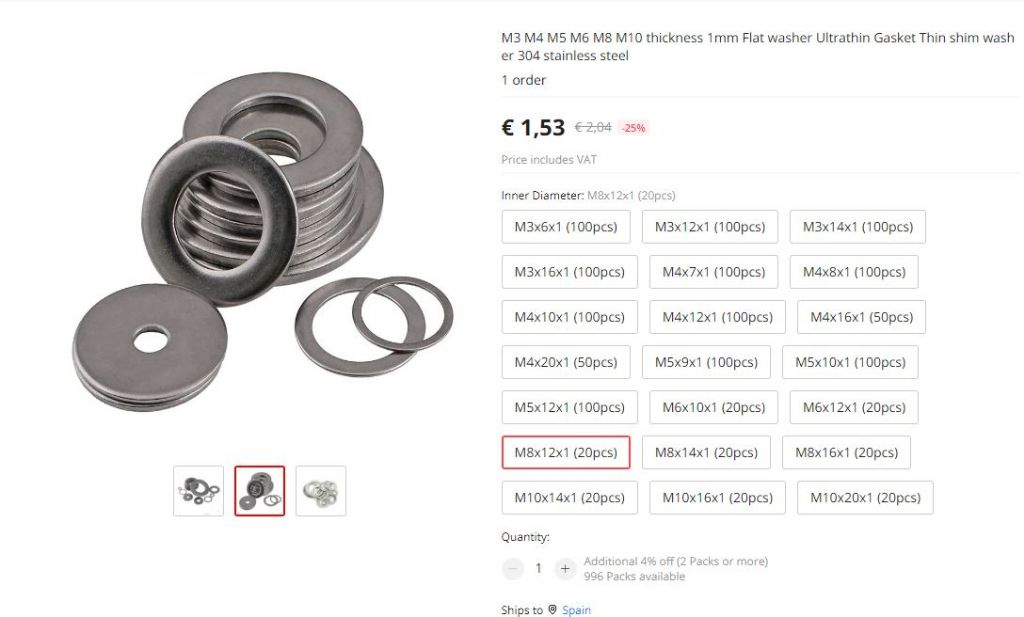The clamp load applied for a given applied torque will differ greatly, depending up the pitch of the threads and the materials used in the threads, and lubrication, or lack of it.
"Turn of the nut" methods are often used , in the field, when tightening to yield.
This maximises the clamp load applied , and makes it consistent, in the fastener.
The fastener is tightened to a "snug" toque, and then tightened a further increment to put the fastener into yield, The figures will depend on the grade of fastener used.
As an instance, a 1/2 UNF in W range might be snugged to 90 lb fit and then tightened another two flats to put into yield.
Torque wrenches vary in their accuracy, and how the are used also affects accuracy of the applied load..
One dial wrench supplied by very well revered tool supplier / manufacturer, was found to be grossly inaccurate when checked, no matter how it was operated..
"Break back" wrenches are VERY susceptible to how the torque is applied. A suddenly applied load can apply a vastly exaggerated load.
Torque wrenches are best used by applying the torque gently until the wrench either indicates to required torque, or clicks, or "breaks"
Strangely, some of the most accurate wrenches, in terms of applied torque vs reading are the "bendy bar" type where a pointer moves over a fixed scale as the bar bends under the applied torque.
A torque wrench can be checked for accuracy by using it to apply torque to a pulley of known diameter, around which is a wire carrying known weights, to lift the weight. Using different weights allows the wrench to be calibrated, so that the scale reading can be compared with the actual torque being applied..
(Then, one has to be confident of the accuracy of the pulley diameter, and the weights, to be sure of the torque calibration! ) .
Howard
Bill Phinn.







